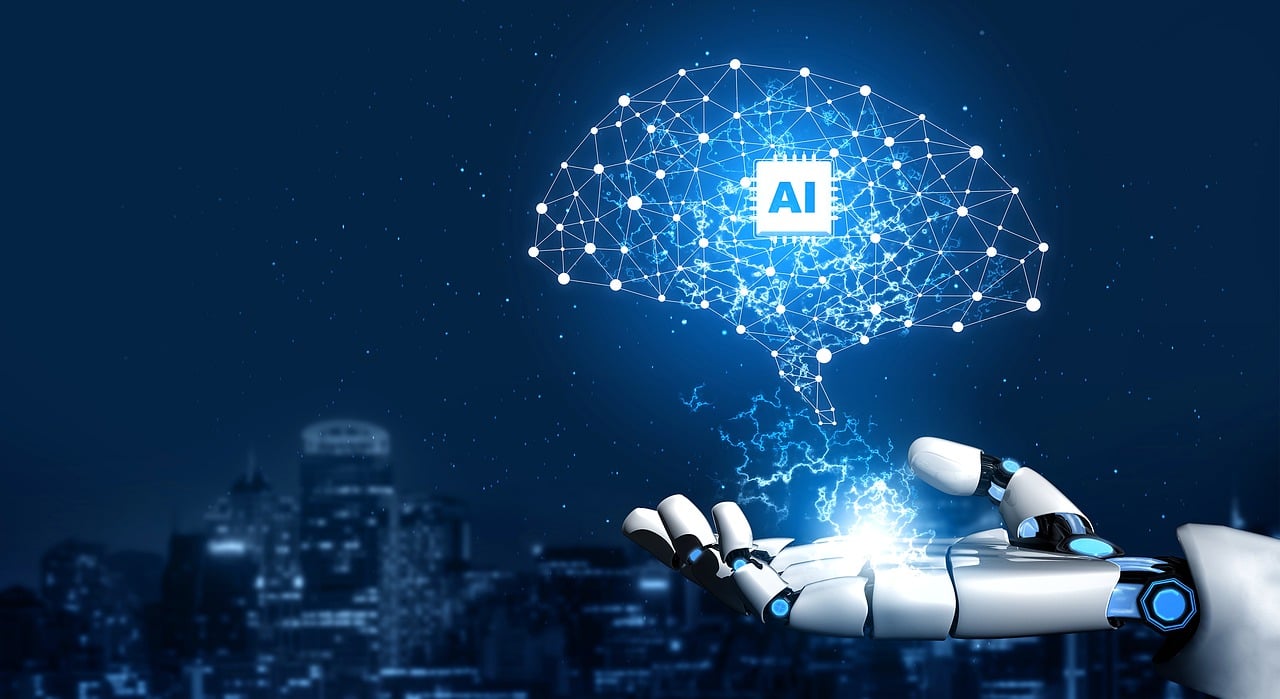In the fast-paced world of transportation, Artificial Intelligence (AI) is emerging as a game-changer, promising a host of benefits that could revolutionize how we move from place to place. From autonomous vehicles reducing accidents to optimizing traffic flow and improving public transportation efficiency, AI is reshaping the landscape of transportation. Let’s delve into the potential benefits of AI in transportation and how it is transforming the way we travel.
Autonomous Vehicles Reducing Accidents:
One of the most significant promises of AI in transportation is the development of autonomous vehicles. These vehicles, equipped with AI algorithms and sensors, have the potential to dramatically reduce accidents and improve road safety.
AI-powered autonomous vehicles are capable of making split-second decisions based on real-time data from sensors, cameras, and other vehicles on the road. This ability to react quickly and predictively can prevent accidents caused by human error, such as distracted driving or speeding.
Moreover, autonomous vehicles can communicate with each other to coordinate movements and avoid collisions. This interconnected system, known as Vehicle-to-Vehicle (V2V) communication, creates a safer and more efficient driving environment.
Optimizing Traffic Flow:
Traffic congestion is a major challenge in urban areas, leading to wasted time, fuel, and increased emissions. AI technologies offer solutions to this problem by optimizing traffic flow and reducing congestion.
AI-powered traffic management systems can analyze real-time traffic data, including vehicle speeds, congestion levels, and road conditions. With this information, the systems can adjust traffic signals and lane assignments to improve traffic flow and reduce bottlenecks.
Furthermore, AI algorithms can predict traffic patterns and recommend alternative routes to drivers, helping to spread out traffic and reduce congestion on main routes. This not only saves time and fuel but also improves air quality by reducing emissions from idling vehicles.
Improving Public Transportation Efficiency:
Public transportation plays a vital role in reducing traffic congestion and greenhouse gas emissions. AI is enhancing the efficiency and effectiveness of public transit systems, making them more attractive options for commuters.
AI-powered predictive analytics can optimize bus and train schedules based on passenger demand, traffic conditions, and historical data. This ensures that public transit services are more reliable and responsive to the needs of passengers.
Additionally, AI technologies are being used to improve the safety and security of public transportation systems. Facial recognition and video surveillance powered by AI can enhance passenger safety by identifying and deterring potential threats.
Enhancing Logistics and Delivery Systems:
The logistics and delivery industry is experiencing a transformation with the integration of AI technologies. From warehouses to last-mile delivery, AI is streamlining operations and improving efficiency.
AI-driven algorithms can optimize route planning for delivery vehicles, considering factors such as traffic conditions, delivery windows, and package sizes. This ensures that deliveries are made in the most efficient and timely manner.
Furthermore, AI-powered robotics and automation are revolutionizing warehouse operations. Autonomous robots can efficiently move inventory, pick and pack orders, and even load delivery vehicles, reducing the need for human labor and improving overall efficiency.
Conclusion:
In conclusion, the potential benefits of AI in transportation are vast and far-reaching. From reducing accidents with autonomous vehicles to optimizing traffic flow, improving public transportation efficiency, and enhancing logistics and delivery systems, AI is transforming the way we move and commute.
As we embrace these advancements, it is essential to address challenges such as data privacy, cybersecurity, and ethical considerations. Responsible deployment of AI technologies in transportation requires collaboration between industry stakeholders, policymakers, and the public.
Looking ahead, the future of transportation holds exciting possibilities with AI at its core. By harnessing the power of AI to create safer, more efficient, and sustainable transportation systems, we can improve the quality of life for individuals and communities around the world. As we navigate towards this future, let us ensure that AI continues to serve as a force for positive change in the realm of transportation.



